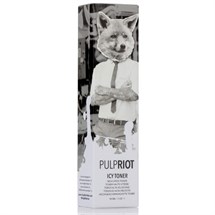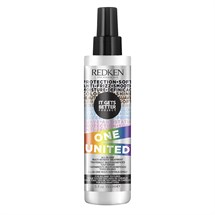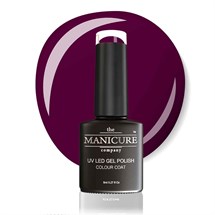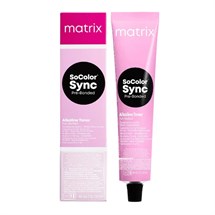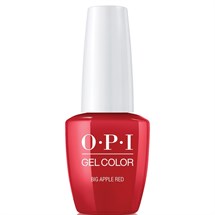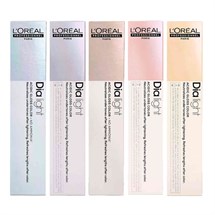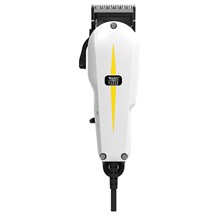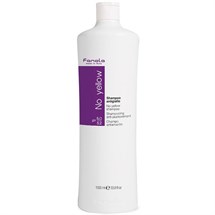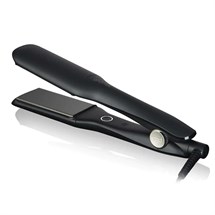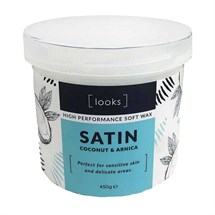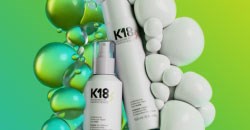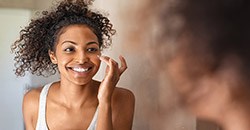Menu

Maskne – where do we go from here?
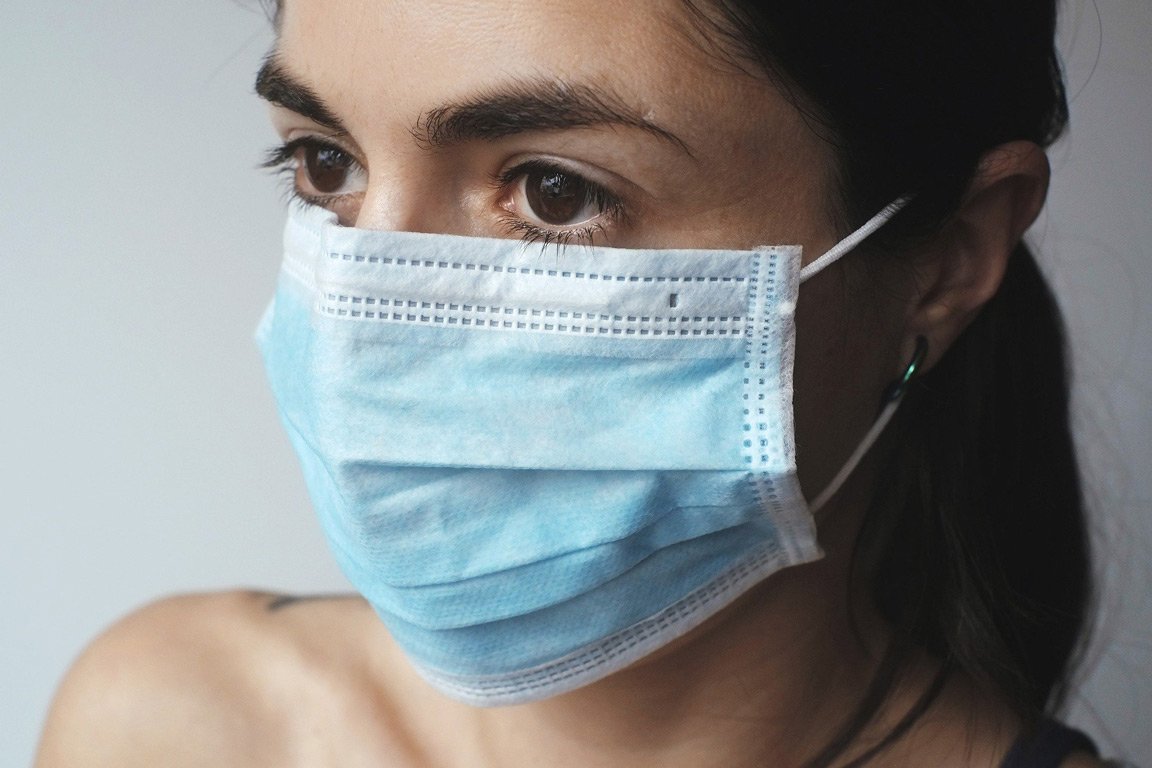
With masks set to be a part of our daily routine for many months to come, we decided to speak to pro’s Emma Kamara Sesay and Ashley Wady and find out more about what it is, and how to treat it. Read on to find out why a maskne consultation might be the latest addition to your service menu.
What is maskne?
Maskne has gone from being an unknown condition amongst the masses, to something that garners daily Instagram posts as people around the world are expressing their concerns. It’s become a condition that is adding to the stress of anyone who usually suffers with acne, but is also making itself known as a new issue for those with usually ‘clear’ skin.
Aesthetician Emma Kamara-Sesay says: “Maskne was once used to describe acne mechanica (friction-related acne) but it’s actually an umbrella term that includes a myriad of skin conditions, such as acne, rosacea, contact dermatitis, perioral dermatitis and seborrheic dermatitis, that have developed or are exacerbated as a result of prolonged mask use.”
How can we recognise maskne?
Skin expert Ashley Wady explains that maskne can be easily recognised: “as it usually appears as a cluster of tiny whiteheads that pop up after you wear any type of mask; a little different to the hormonal types of acne which look more like small pimples that come to a head, or cysts.
“Maskne is different to regular acne as it is a direct result of physical disruption to the lower part of the facial skin. Breathing, sweating, and talking with a face mask on can make skin become raw and inflamed, ultimately causing pores to become clogged with bacteria.
Airflow is limited from entering and exiting which in turn means the skin we usually shed on a daily basis has nowhere to go.”
How to treat Maskne
I ask the experts how they would treat clients who have existing skin conditions, who are now having to deal with maskne too.
For Emma it’s about a gentle approach:
“It’s imperative that the skin is treated with extra care before and after wearing a mask and this can be done by looking for products that contain ingredients that are anti-inflammatory (for reducing inflammation and redness), such as Arnica and Colloidal Oatmeal and soothing, to quell irritation, sensitivity, heat, swelling and pain, i.e. Chamomile, Aloe Vera, Cucumber extract, etc.”
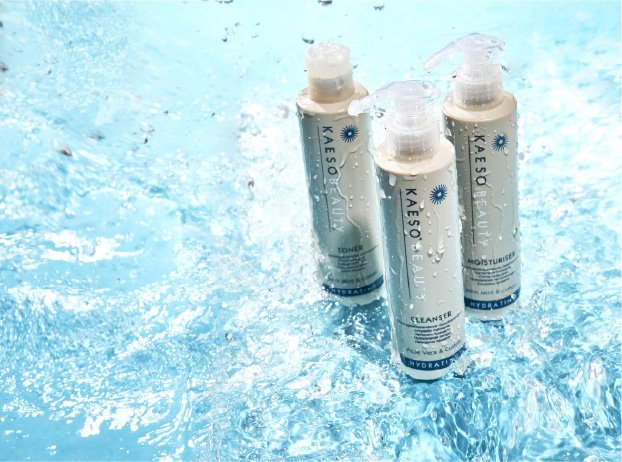
We absolutely love Kaeso Aloe Vera & Cotton Hydrating Cleanser followed by Kaeso White Nettle & Chamomile Calming Mask for their soothing and anti inflammatory ingredients.
Emma goes on to say it’s also key to have hydration as a main focus, especially when considering the moisture that is lost while wearing a mask. Be sure to recommend products that contain Glycerin, Sodium PCA, Sodium Lactate, Hyaluronic Acid and Urea and also consider products that offer barrier support and contain Niacinamide, Ceramides, Squalene or fatty acids.
.jpeg)
Our favourite pick for an added moisture boost is this Beauty Balm from Monuskin. With Vitamin E, Glycerin, Hyaluronic Acid and Sodium Hyaluronate this powerful balm transforms skin from dry and broken out to clear, hydrated and glowing. Simply pat on top of your moisturiser before a day of mask wearing to give your skin a perfect level of protection.
Ashley recommends that clients continue with their existing skincare but should also consider introducing three key products; a face wash with Salicylic Acid, a product containing Hyaluronic Acid and a mineral formula SPF. Here’s why: “Clients should focus on keeping skin clean and keeping oil production under control with a facewash containing Salicylic Acid. This will eliminate impurities and excess sebum from the skin as well as refresh and soothe it.”
This face wash from Monuskin contains salicylic acid and zesty lime, lemon, grapefruit and basil essential oils to refine the complexion whilst reviving tired skin for an instantly more radiant appearance.
“They should also keep skin hydrated with a high percentage of Hyaluronic Acid to normalise the skin that’s struggling with mask-induced acne. The optimal skin hydration helps to heal and soothe inflammation and is suitable for every skin type, colour and concern – including acne prone and sensitive skin. Dry areas will be intensively moisturised while sebum gland hyperactivity in the mask area will be reduced,” says Ashley.
Skin Republic’s Green Tea Hydrogel Sheet Face Mask is the perfect helping hand for skin that still needs an extra bit of love. With Green tea and Chamomile to sooth, hyaluronic acid to hydrate and niacinamide to smooth and protect skin.
.jpeg)
Finally, clients should switch to using a mineral SPF as it provides a physical barrier on the skin. We recommend Monuskin Hydrating Moisturiser SPF 15.
Maskne Do's and don'ts
Ashley says that clients should be advised to keep the skin clean, cleansing twice a day and Emma agrees, saying that plain, gentle cleansers are the best option.
They also agree that wearing heavy makeup should be avoided. Says Ashley:
“Wearing a face mask with a heavy foundation underneath will make matters worse. The added heat, moisture and friction from masks will drive makeup deeper into the skin, which can lead to bacteria build-ups and breakouts. Advise clients to go for a tinted SPF if they really can’t bear to go without.”
Emma says that daily sun protection is a must and that exfoliation should be done no more than three times per week. Finally, she also advises that masks should not be re-used:
“Cloth masks must be washed daily and if that’s not possible then advise your clients to go for disposable masks. Another no-no is wearing a mask while it’s wet. This will render the mask ineffective and can also boost the growth of harmful microbes on the skin.”
Maskne is still a relatively new phenomenon, and every day we are learning more and more about it. If you’re looking for ways to improve your client consultations and communication in general, check out this blog on The Keys to Communicating.
Freelance Focus
Freelance Focus, is a one stop resource for anyone working as a freelancer or thinking of going freelance in the hair & beauty industry, which includes a FREE downloadable guide filled with advice, useful insights, experiences and tips (from experienced freelancers) to help you understand the steps needed to make the right choices for you.
Top trending
OFFER
VEGAN
Delivery
Collection
Please login to your account to check stock in your local store.
4 FOR THE PRICE OF 3
Delivery
Collection
Please login to your account to check stock in your local store.
VEGAN
Delivery
Collection
Please login to your account to check stock in your local store.
Delivery
Collection
Please login to your account to check stock in your local store.
OFFER
Delivery
Collection
Please login to your account to check stock in your local store.
SAVE 25%
Delivery
Collection
Please login to your account to check stock in your local store.
Delivery
Collection
Please login to your account to check stock in your local store.
OFFER
VEGAN
Delivery
Collection
Please login to your account to check stock in your local store.
BUY 3 FOR THE PRICE OF 2
Back to Posts
Tags
- acne
- advice
- allergy
- apps
- autumn
- awards
- balayage
- barbering
- beauty industry
- blonde
- braids
- bridal
- brows
- business
- capital & i
- career
- christmas
- client loyalty
- color wow
- covid-19
- curls
- eyelash
- facial
- fanola
- festive
- finance
- freelance
- gellux
- hair
- hair care
- hair colour
- hair salon
- hair styles
- hair styling
- hair trends
- hairdressing
- hairstyle
- hairstyles
- halloween
- healthy
- how to
- hygiene
- ideas
- indola
- industry
- inspiration
- interview
- k18
- lashes
- lockdown
- loreal
- macadamia
- make up
- makeup
- manicure
- marketing
- mens
- mental health
- microblading
- nail art
- nail industry
- nail inspiration
- nail technician
- nail trends
- nails
- new years
- nioxin
- nxt
- olaplex
- opi
- party
- pedicure
- ponytail
- products
- professional
- professionals
- pulp riot
- redken
- reopening
- retail
- reviews
- revlon
- salon
- salon finance
- salon furniture
- salon management
- salon owner
- salon refit
- salon services
- salon system
- salons
- schwarzkopf
- self care
- self-care
- self-employed
- skills
- skincare
- skincare regime
- skincare steps
- social
- social media
- spa
- spring
- step by step
- style
- styling
- stylist
- summer
- sun damage
- suncream
- sustainable
- tanning
- technique
- the manicure company
- tigi
- tiktok
- time to improve
- tips
- toner
- toning
- top knot
- training
- treatment
- trending products
- trends
- tutorial
- updo
- upskills
- valentines
- vegan
- vegan beauty
- veganuary
- wahl
- waxing
- wedding
- wella
- wellbeing
- wellness
- winter
- winter nails
Latest Posts
- Chantelle: Capital & Me, my self-employed journey & the importance of networking
- Meet Sophie, owner of ‘Sophie’s Lashes & Beauty’ which she has been running now for over 7 years!
- K18 Biomimetic Hair Science vs. Bond Builders
- K18 & Your Salon Services - How to incorporate K18 Services for Ultimate Hair Restoration
- What is K18 and how does it work?
- From Money Worries to Family Drama: What's Stressing Your Skin & Hair the Most?
- Something Old - Something New
- Skin Cycling 101
- Vegan and Cruelty-Free Hair and Beauty: Simple Swaps and Recommendations for Veganuary
- The Greatest Night in British Hairdressing!
Related Posts
Chantelle: Capital & Me, my self-employed journey & the importance of networking
Introducing Chantelle, a talented beautician, hair extension specialist and proud owner of ‘Chantelle’s Beautique’. We sit down with Chantelle as she tells us how she started out in the industry, her top tips for becoming self-employed, struggles she faced and overcame along the way and her favourite products that she can’t live without!
My treatment room is based in my garden at home and I offer a full range of Hair and Beauty treatments specialising in skin care, brows & hair extensions. My clients love my set up and really appreciate the little touches like being able to park with ease and having more of a cosy experience away from the hustle and bustle of a busy salon. As well as running my own business at home, I also enjoy teaching others on their journey starting out in the trade with my own accredited courses at home as another branch of my business called ‘The Hair and Beauty Training Beautique’. You may also see me in your local Capital Hair & Beauty as I also tutor for one of their training providers ‘Face Forward’ offering brow lamination and lash lift and tint courses.
Meet Sophie, owner of ‘Sophie’s Lashes & Beauty’ which she has been running now for over 7 years!
Sophie gained a wealth of experience working in the industry from her background working in prestigious 5 hotel & spa and salon settings which lead her up to starting a business of her own. We talk about all things beauty and the curved tweezers that she can’t live without!
Hi Sophie, tell us a little bit about your journey and how you go into the industry and what lead up to starting out on your own?
I gained a lot of knowledge from working in different settings from working with a big teams in a 5 star hotels and spas to smaller beauty salon environments. I gained so much knowledge from working in both settings and although it was hard work and long hours.
I started out by working in a few different 5 star hotels with spas and a salons where I gained all my knowledges and experiences from each one to put together for my own business! It was hard work and long hours all the practice paid off. It was actually one of my clients I saw regularly in the salon I worked at that said I should set up on my own and gave me the confidence to go self-employed and I’ve not looked back since!
K18 Biomimetic Hair Science vs. Bond Builders
As professionals in the hairdressing industry, we're well aware of the constant innovation occurring in our field. Our clients love to dramatically alter their look with the ever-changing trends and we do everything we can to prioritise the health of their hair. Bond-building treatments have long been a staple in salons to address this need. However, allow us to present the latest advancement: biomimetic hair science and K18!
Understanding the Future of Haircare: From Bond Builders to Biomimetic Hair Science
For centuries, the haircare industry relied on cosmetic chemistry to conceal damage. Historical solutions like oils and conditioners were designed to sit on the surface of the hair, providing a temporary fix by improving its appearance and manageability. However, these solutions fell short of addressing hair's health at its core.
K18 & Your Salon Services - How to incorporate K18 Services for Ultimate Hair Restoration
Learn how to leverage K18 products in your salon services to reverse damage, fortify hair and enhance salon results all whilst boosting your salon profits. Discover our step-by-step instructions for every treatment, from lightening to styling in our handy salon go-to guide!
What is K18 and how does it work?
Following the natural structure of hair, the biologically active peptide is considered natural. Unlike traditional bonding agents, it is not rinsed away by water or shampoo, making K18 a genuine and enduring remedy for damaged hair. Healthy hair originates in the salon, and K18 believes its influence starts at the salon chair and radiates outward. While K18 is suitable for all hair types and services, the most significant improvements are seen in damaged hair.
From Money Worries to Family Drama: What's Stressing Your Skin & Hair the Most?
Have you ever noticed how closely linked your mind and body are? It's like they're always communicating, even when we're not tuned in.
And when stress creeps in, it's not just your mind that feels the burden – your skin and hair can take a hit too. Stress, whether it's a short-term or a long-term problem, can be detrimental to your body's health.
In fact, a recent survey by the UK’s largest independent supplier to hair and beauty professionals, Capital Hair and Beauty, revealed nearly half (42%) of the nation believe that stress has had a negative impact on their skin and hair health!
Last year, Brits faced their fair share of hair and skin woes.Topping the list was the recurring issue of dry skin, affecting a significant 29% of the population. Not too far behind was hair thinning/loss, troubling over a fifth (22%) of us, while acne and breakouts are also a cause for concern, affecting 19% of survey respondents. And let's not forget about skin inflammation (12%) and eczema (11%).
Something Old - Something New
Does the bob ever go out of style? Short answer: No. The reason for the evergreen appeal of the bob is because, depending on the length, it’s a look that can suit any face shape or hair texture. Right now, it can be anything from a short and swingy French girl bob, a luxurious long bob, or a razor-cut curly bob. For Tori Kiff, it’s about keeping things fresh with the addition of a fringe.
“I love updating a classic curly bob with a fringe, especially as so many of my curly clients seem to think it’s a style they shouldn’t have. I’ve managed to show so many clients that it’s all down to fear and that actually, a curly bob is so flattering and easy to style; I advise them to use their fingers to curl their fringes or to use a brush when styling,” shares Tori.
Of course, the most modern way to wear a bob is the Bixie, a hybrid of the bob and pixie; think classic bob updated with a fringe or micro bangs, or you could play with the Butterfly Bob. RUSH Creative Director Andy Heasman’s a fan.
Skin Cycling 101
If you ever spend time on social media, then you'll definitely have heard about skin cycling, or skin fasting. During the pandemic, this three-step regime rose to popularity as many of us had more time to spend on pursuing our 'perfect' skin. Read on to find out the what and why of skin cycling and how you can build it into your beauty therapy menu.


